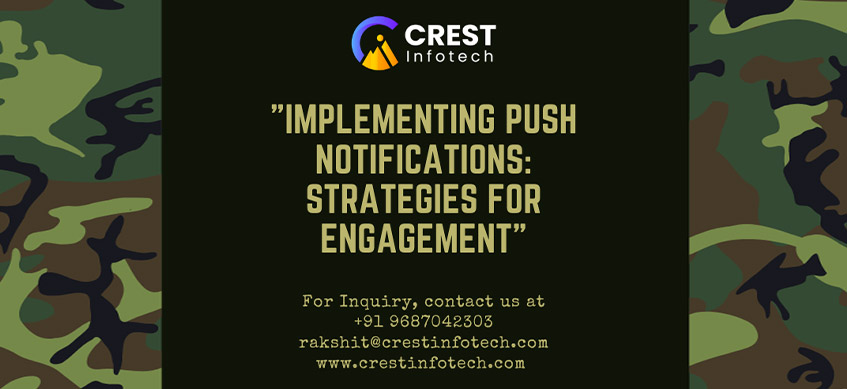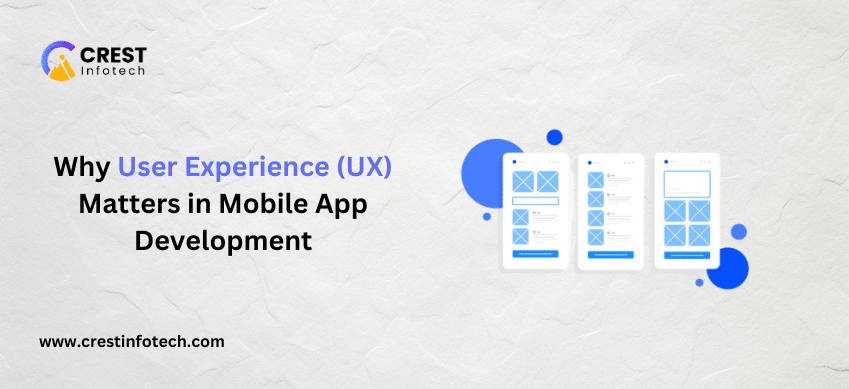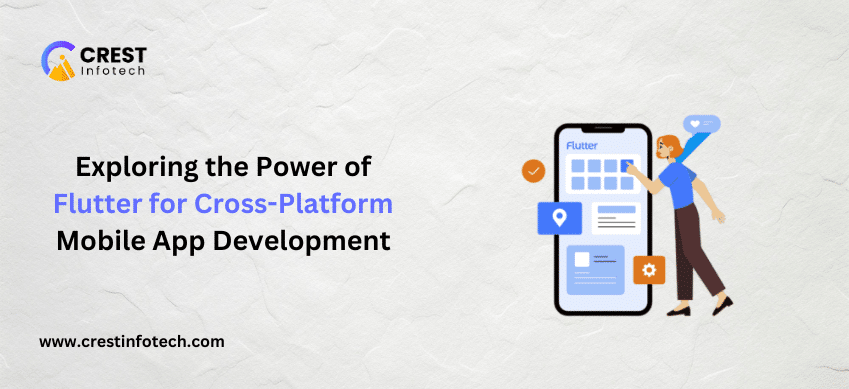Push notifications have revolutionized how mobile apps engage with users by delivering timely, personalized updates and enhancing user retention. When implemented strategically, push notifications can significantly boost app engagement, drive conversions, and improve overall user satisfaction. However, effective implementation requires understanding user behavior, leveraging segmentation, and delivering relevant content. Here’s a comprehensive guide to implementing push notifications and optimizing engagement strategies:
1. Understanding Push Notifications:
Push notifications are messages sent directly to a user’s device from an app or a website, even when the user is not actively using the application. These notifications appear on the device’s lock screen or notification center, serving as a direct communication channel with users.
2. Benefits of Push Notifications:
- Real-Time Communication: Instantly notify users about new content, updates, promotions, or important information.
- Increased User Engagement: Encourage users to return to the app, complete actions, or participate in time-sensitive activities.
- Personalization: Deliver personalized messages based on user preferences, behavior, location, and demographic data.
3. Strategies for Effective Push Notification Implementation:
a. Segmentation and Targeting:
- User Segmentation: Segment users based on demographics, behavior (e.g., frequency of app usage, purchase history), preferences, or lifecycle stage (new users, active users, dormant users).
- Targeted Messaging: Tailor notifications to each segment’s interests and behavior to increase relevance and engagement. For example, send personalized recommendations or exclusive offers based on past interactions.
b. Timing and Frequency:
- Optimal Timing: Send notifications at times when users are most likely to engage, such as during peak usage hours or based on their time zone.
- Avoid Overwhelming Users: Be mindful of notification frequency to prevent user fatigue or annoyance. Allow users to customize their notification preferences within the app settings.
c. Compelling Content and Clear Value Proposition:
- Concise and Clear Messaging: Craft notifications that convey value and urgency succinctly. Use actionable language and compelling calls-to-action (CTAs) to prompt user interaction.
- Offer Value: Provide exclusive content, personalized recommendations, discounts, or time-sensitive information that incentivizes users to act.
d. A/B Testing:
- Experimentation: Test different elements of your push notifications (e.g., message content, timing, visuals) to identify what resonates best with your audience.
- Iterative Improvement: Continuously refine your notification strategy based on performance metrics (e.g., open rates, click-through rates) to optimize engagement and conversion rates.
4. Technical Implementation Considerations:
- Platform-Specific Guidelines: Adhere to platform-specific guidelines (iOS, Android) for sending push notifications, ensuring compliance with regulations and optimizing delivery.
- Personalization and Localization: Utilize localization features to deliver notifications in the user’s preferred language or based on their geographical location for relevance.
5. Analytics and Measurement:
- Performance Metrics: Track key performance indicators (KPIs) such as open rates, click-through rates (CTR), conversion rates, and churn rates to assess the effectiveness of your push notification campaigns.
- User Feedback: Solicit and analyze user feedback to understand preferences, optimize messaging strategies, and improve overall user experience.
6. Compliance and User Privacy:
- Permission-Based Opt-in: Obtain user consent before sending push notifications. Clearly communicate the value proposition and frequency of notifications during the onboarding process.
- Data Privacy: Handle user data responsibly and in compliance with data protection regulations (e.g., GDPR, CCPA). Allow users to manage their notification preferences and provide an easy opt-out option.
7. Future Trends and Innovations:
- AI-Powered Personalization: Utilize artificial intelligence and machine learning algorithms to predict user behavior and deliver hyper-personalized notifications.
- Interactive Notifications: Implement interactive elements (e.g., buttons, forms) within notifications to enable users to take immediate actions without opening the app.
Conclusion:
Implementing push notifications effectively requires a strategic approach focused on delivering value, personalization, and relevance to users. By segmenting your audience, optimizing timing and frequency, crafting compelling content, and continuously refining your strategies based on data-driven insights, you can maximize engagement and drive app success.
As mobile technology evolves, staying abreast of emerging trends and leveraging advanced tools for personalization and analytics will further enhance the effectiveness of push notification campaigns. Ultimately, by fostering meaningful interactions and delivering timely, valuable updates, apps can build strong user relationships and achieve sustained engagement in a competitive digital landscape.
This article provides actionable strategies and best practices for implementing push notifications to enhance user engagement and drive app success. Adjust content based on specific app categories, target audiences, and emerging trends in push notification technologies.



